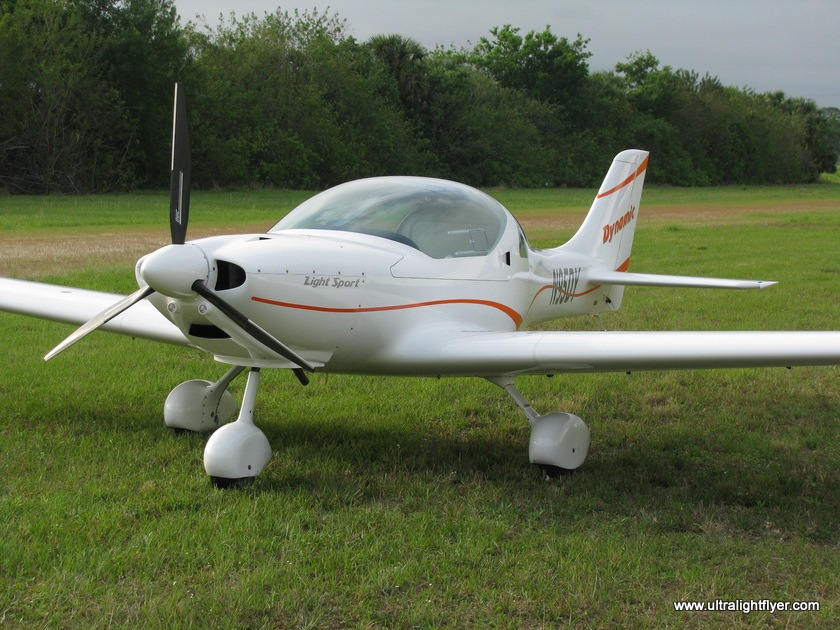Facts About "Light Sport Aviation: How to Get Started in this Thrilling Hobby" Revealed

The Evolution of Light Aircraft: From Pioneering Designs to Modern Innovations
Light plane have happen a long means since their simple starts in the early 20th century. These little, flexible airplanes have played a crucial duty in aviation background, from pioneering concept that drove the perimeters of trip to modern-day technologies that have revolutionized the technique we journey. In Key Reference , we will look into the development of light aircraft, highlighting crucial turning points and developments that have shaped their layout and functionality.
The sources of lightweight plane can be outlined back to the very early days of flying when innovators and lovers looked for to overcome the heavens with their flying equipments. One such leader was Orville Wright, who produced background along with his effective air travel at Kitty Hawk in 1903. The Wright brothers' plane, recognized as the Wright Flyer, was a biplane with a wingspan of 12.3 gauges and a body weight of about 340 kilograms. While it might seem to be basic through today's standards, this lead-in layout placed the structure for future progressions in lightweight airplane.
Throughout the very early 20th century, developers and developers experimented with different configurations and materials to strengthen upon existing layout. One notable example is the Piper J-3 Cub, introduced in 1937 by American manufacturer Piper Aircraft. The Cub included an all-metal airframe and came to be hugely well-liked due to its affordability, dependability, and ease of usage. It participated in a vital task during World War II as a instructor for armed forces captains.
Innovations in innovation during the mid-20th century led to significant remodelings in lightweight airplane functionality and safety. The overview of more powerful motors made it possible for these airplanes to soar a lot faster and higher than ever in the past. In addition, advancements such as retractable touchdown gear and improved the rules of aerodynamics boosted security and management during the course of air travel.

One well-known instance of this period is the Cessna 172 Skyhawk, to begin with soared in 1955. The Skyhawk swiftly became one of the very most effective light airplane designs in record, along with over 44,000 units produced to day. It featured a high-wing setup, four chairs, and a reputable engine engine. The Skyhawk's convenience and ease of function made it a prominent selection for private pilots and air travel schools.
In latest decades, developments in components, avionics, and propulsion bodies have even more changed the world of light plane. The intro of composite products, such as carbon dioxide fiber-reinforced polymers, has resulted in lighter and stronger airframes. This not merely strengthens fuel efficiency but additionally improves functionality and safety.
The integration of advanced avionics has changed cockpit machinery and navigation abilities. Glass cabins along with electronic trip screens have switched out typical analogue scale, supplying pilots with much more accurate and complete details at their fingertips. GPS navigation units have additionally ended up being common equipment in modern light airplane, allowing for specific route program and navigation.
An additional significant growth is the introduction of electricity power systems for light aircraft. Electricity motors use various perks over standard engine motors, featuring lessened sound amounts, lower operating expense, and environmental sustainability. While power airplane are still in the very early phases of development and adoption due to restrictions in battery modern technology, they hold excellent promise for the future of air travel.
In conclusion, the progression of light airplane coming from pioneering layout to modern-day developments has been driven through a blend of technical developments and the demands of captains and drivers. These small planes have come a lengthy method since their beginning at Kitty Hawk over a century earlier. With each brand-new style model comes improved performance, protection features, and working effectiveness. As we look ahead of time to the future of light airplane modern technology, one can just envision the stimulating probabilities that exist ahead.
Word matter: 579
